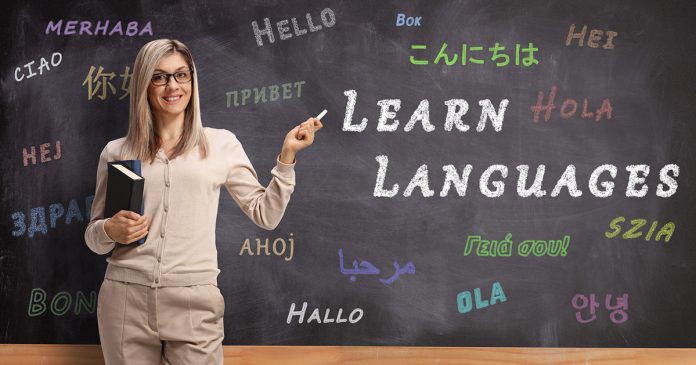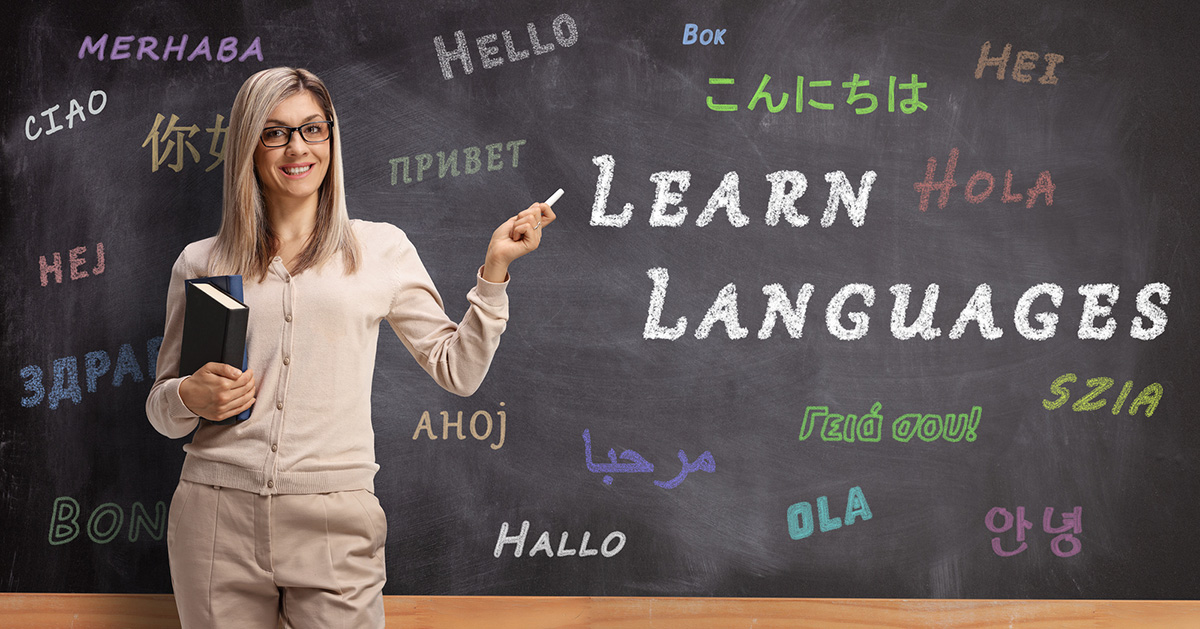When you start learning a new language, it’s natural to wonder how long it will take to master your new skill. This post looks at some of the factors that influence how many hours it takes to learn a language.
The US Foreign Service Institute (FSI) has grouped languages into different groups, according to their difficulty. They use this list to work out how long it takes to learn a language. The FSI estimates that it should take around 480 hours to reach fluency in Group 1. This is the easiest group of languages, and includes several European languages. After ten hours of study per day you would reach fluency in one of these languages after just 48 days. For the more difficult groups, the FSI estimates that it will take 720 hours to reach fluency.

Of course, there are lots of factors that influence how long it will take you to learn a language. The first things that come to mind include the type of curriculum that you use. There is a hug choice, include online courses, apps and similar learning aids. Another big factor is the amount of time that you are able to spend practicing your language skills. If you are able to spend an hour a day reading books and texts in your new language, then you’ll learn much faster than someone who only studies for a couple of hours at the weekend. Fortunately, all these factors are very much in your control. Here are some of the things that you need to think about.
Language Study Materials
The study materials you choose will affect the time it will take to learn your new language. Traditional study materials are based on drills and rote memorization, and this is not the most efficient path to fluency. It can take much longer than it needs to, and you end up spending way more energy than necessary. If you decide to go with an immersive curriculum that used advanced learning strategies, your brain will be more engaged. The vocabulary and grammar rules would be more memorable with this type of program.
Speed Up Your Language Learning
In addition to getting good study materials, giving yourself some extra-curricular practice will seriously speed your learning up as well. Try making friends with someone who speaks your target language, or go onto social media and start interacting with accounts from different countries. If you practice consistently and force your brain to think in another language, it can make a huge difference in how fast you progress.
Motivation Levels Help Learn Fast
Of course, it also helps if you’re excited and ready to hit the books. The curriculum can be the best there is, but the motivation you have will make the real difference. If you’re motivated, you’ll want to be as consistent as possible, and with steady practice the results will be obvious in just a few weeks.

The FSI Language List
The FSI is a US institution developed to train US citizens working abroad. I mentioned that the FSI had developed a way of categorizing different languages, and developing a guide to advise on how long it should take to learn each one.
They divide some of the world’s major languages into the following groups:
Group 1: the primary languages of France, Germany, Indonesia, Italy, Portugal, Romania, Spain, Kenya, and Uganda.
Group 2: this group includes the languages from Bulgaria, Myanmar, Greece, India, Iran, and Pakistan.
Group 3: here we find the languages of Ethiopia, Cambodia, the Czech Republic, Finland, Israel, Hungary, Laos, Poland, Russia, Croatia, Thailand, Turkey, and Vietnam.
Group 4, the most difficult category, comprises the languages from Kuwait, China, Japan, and Korea.
Language Proficiency
The FSI also recognizes five different degrees of language proficiency:
1. Basic language proficiency
At this level, you know greetings and elementary phrases like ‘where is the bus station’ or ‘I enjoy traveling in Portugal’. It’s better than nothing at all, but it won’t get you very far.
2. Limited but functional language proficiency
Basic social interactions and some work environments are easy to navigate, but you still get stumped easily.
3. Basic professional language proficiency
This is the point at which you can interact with friends or co-workers in most situations. You’ve gotten a solid foundation in the language, and it’s easier to work on expanding vocabulary now. You don’t have to stop and think about everything you’re trying to say.
4. Complete professional language proficiency
You’re able to discuss and understand any topic that comes up without having to pause for clarification. This could be considered as knowing the “textbook version” of a language almost perfectly.
5. Native-level language proficiency
Just like the name says, this category means you’re so good, you get mistaken for a native speaker. There is no telling how many words you need to know to get to this stage. Usually you’d have to spend at least a couple of years in a foreign country to get to this level.
Becoming Fluent in a Foreign Language
If you want to achieve language fluency as quickly as possible, here are some tips. You can use as many or as few of these techniques as you want – whatever fits your schedule.
Every time you’re driving, on a bus, or eating, immerse yourself in the language with passive learning. This is easy to do, just try listening to a podcast or foreign radio station. If TV is your thing, watch a movie or television show in your target language.
Once your brain feels warmed up, go through a lesson from an online language-learning program. You’ll get the best results if you spend at least an hour, rather than breaking it up into shorter intervals.
Look for language-learning groups on social media like YouTube, Facebook, Instagram, and find some people to talk to. This could be a concentrated study time in itself if you’re looking up new words and taking notes. Alternatively, it could just be an incidental activity that adds to the overall immersion of your studies.

Write out practice sentences, or say them aloud. As you get more proficient you’ll be able to speak with fewer pauses. The important thing is that you practice forming sentences from your own thoughts.
Connect with a native speaker (either a friend or a tutor) who can help you practice speaking. You’ll become familiar with the way the language sounds when spoken, as well as get in some great speaking practice.
So How Long Does It Take To Learn a Language?
If you follow these steps, and are willing to put in the hours, then it is possible to become fluent in a foreign language in around three months. Perhaps faster if you look for online tips. However, it won’t be an easy journey, and the results will depend on the effort that you are willing to invest in your language studies. If you’ve tried to learn a language in super quick time, then why not let us know how it went? Did you become proficient enough to be able to chat with a native speaker, or are you still stuggling to order your food in a restaurant? Let us know by leaving a note in the comments below.










